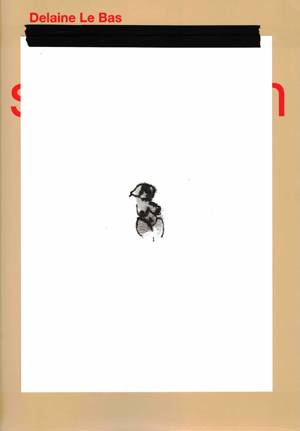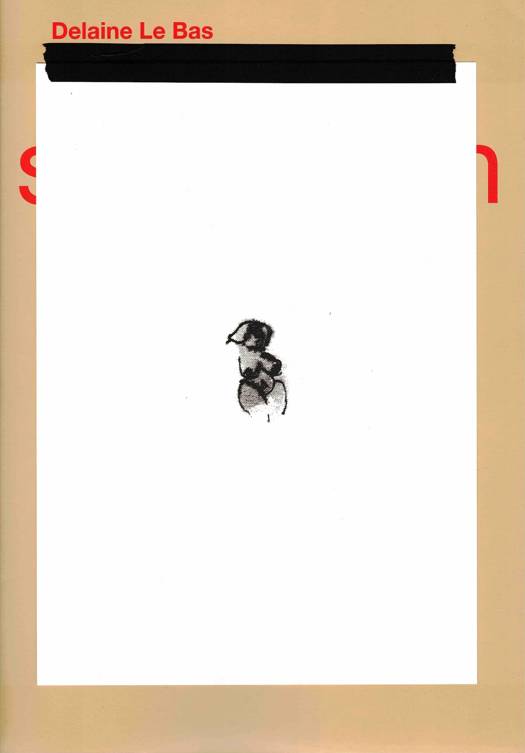
- Afhalen na 1 uur in een winkel met voorraad
- Gratis thuislevering in België vanaf € 30
- Ruim aanbod met 7 miljoen producten
- Afhalen na 1 uur in een winkel met voorraad
- Gratis thuislevering in België vanaf € 30
- Ruim aanbod met 7 miljoen producten
Zoeken
€ 18,00
+ 36 punten
Omschrijving
The exhibition is accompanied by a publication with an essay by Stephen Ellcock in which he exemplifies the spiritual and mythological references in Delaine Le Bas's work and in particular in the installation conceived for the Secession with references from Greek mythology and ancient Egyptian death cults. Francesca Gavin conducted a conversation with the artist in which they discuss the context of the exhibition, the process of creation, and the background of the current works.
The book's graphic design plays with numerous motifs from the artist's sketchbooks, which are animated by seers and chimeras, goddesses and mythical creatures, and also feature numerous references to Gustav Klimt's Beethoven Frieze.
A silkscreen on the cover, attached with black tape, replaces the dustjacket and is Le Bas's artistic intervention for the book. It is an image of a female torso that happens to look like the Stone-Age fertility goddess Venus of Willendorf and also comes from a sketchbook. Printed by Pippa Parragh of Siebdruckatelier e.U., Vienna.
The book's graphic design plays with numerous motifs from the artist's sketchbooks, which are animated by seers and chimeras, goddesses and mythical creatures, and also feature numerous references to Gustav Klimt's Beethoven Frieze.
A silkscreen on the cover, attached with black tape, replaces the dustjacket and is Le Bas's artistic intervention for the book. It is an image of a female torso that happens to look like the Stone-Age fertility goddess Venus of Willendorf and also comes from a sketchbook. Printed by Pippa Parragh of Siebdruckatelier e.U., Vienna.
Specificaties
Betrokkenen
- Auteur(s):
- Uitgeverij:
Inhoud
- Aantal bladzijden:
- 96
- Taal:
- Engels
Eigenschappen
- Productcode (EAN):
- 9783753304717
- Verschijningsdatum:
- 25/07/2023
- Uitvoering:
- Paperback
- Afmetingen:
- 210 mm x 297 mm
- Gewicht:
- 400 g

Alleen bij Standaard Boekhandel
+ 36 punten op je klantenkaart van Standaard Boekhandel
Beoordelingen
We publiceren alleen reviews die voldoen aan de voorwaarden voor reviews. Bekijk onze voorwaarden voor reviews.








